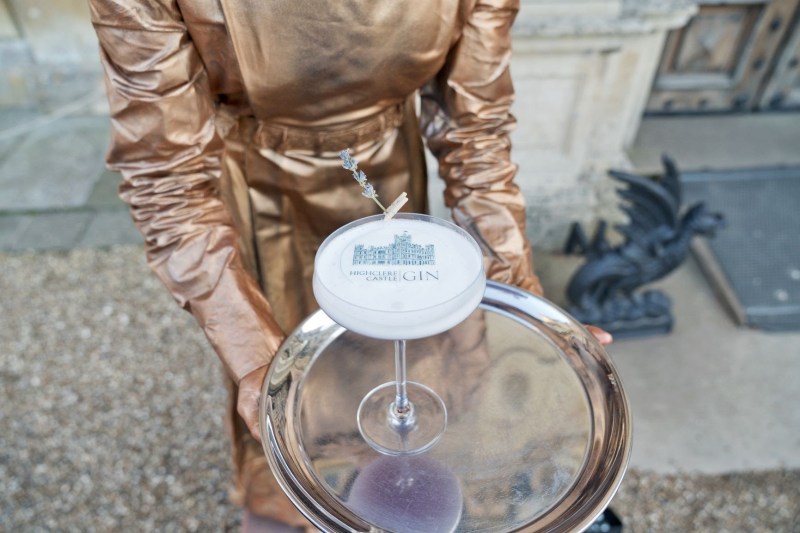Not to be confused with a Karen, the White Lady in cocktail culture is a gin-based classic. Also known as the Chelsea Sidecar or Delilah, this simple but satisfying drink is more than a century old.
A member of the sidecar family of mixed drinks, the White Lady tends to mix gin, Triple Sec, and fresh lemon juice. Many versions incorporate egg white, along with things like sugar or Cointreau. Devised in 1919, it was was first served — straight up, mind you — at Ciro’s Club in London. The original was made with creme de menthe but a decade later it had evolved to a gin-focused sipper. It quickly became a hit, as most gin drinks did at the time, and was rumored to be a favorite of the wildly popular comic duo known as Laurel and Hardy.
Related Reading
While a generally straightforward recipe, a few traits make this cocktail a little tricky, especially for those with no experience crafting one. Dialing in the ratios is always a bit of a chore where liqueurs are concerned, as they can vary drastically in terms of sweetness and consistency. The key is to have enough acid, along with the inherent dryness of the gin, to balance out the candied notes that things like Cointreau or Triple Sec bring to the bar table.

Dealing with egg white is probably the toughest ask in making this drink and because most classic recipes involve this, we’ll break it down for you. As mandated by the Death and Co. team, be careful when mixing acid and egg white. Start by cracking the egg and separating the white into one of your tins. Keep it on its own while you construct the rest of the cocktail, adding the egg at the end. Shake dry then shake again with ice. Ice tempers the frothy aspect you’re looking for, so getting a good foam the first round is ideal. A double strain is key here, too, as it will keep out any accidental shell pieces that ended up in the mix, as well as clean up the overall consistency of the drink.
Your glassware choices are pretty simple. To keep it classic, serve the White Lady in a martini glass. If you’re preparing the egg white rendition of the drink, go with a coupe. Bartenders like how the thicker, foamier version of the cocktail adheres to the gentle contours of this particular glass. That, and it tends to settle more evenly throughout the drink. The egg white essentially stretches the volume of the drink out here, which is pretty cool.
Not to dwell on the egg part, but the pros will also remind you to keep things sterile and tidy. Raw egg is not a welcome guest in most sanitary scenarios, so clean your equipment often, and not just with a rinse. Hot water and soap, people.
White Lady
This Death & Co. version of the classic really nails the ratios, achieving well-roundedness in the glass. Instead of going hard on the liqueur, it’s turned down a notch and a bit of simple syrup neatly fills the void. Note that the ingredients are shaken twice, once with and once without ice (per the egg white inclusion, as touched on above).
- 2 oz gin (Plymouth is suggested)
- .5 oz Cointreau
- .75 oz fresh lemon juice
- .25 oz simple syrup
- 1 egg white
- lemon twist for garnish
Method: Dry shake all ingredients, then shake again with ice. Double strain into a chilled coupe. Express the lemon twist over the drink, then set it on the edge of the glass.


